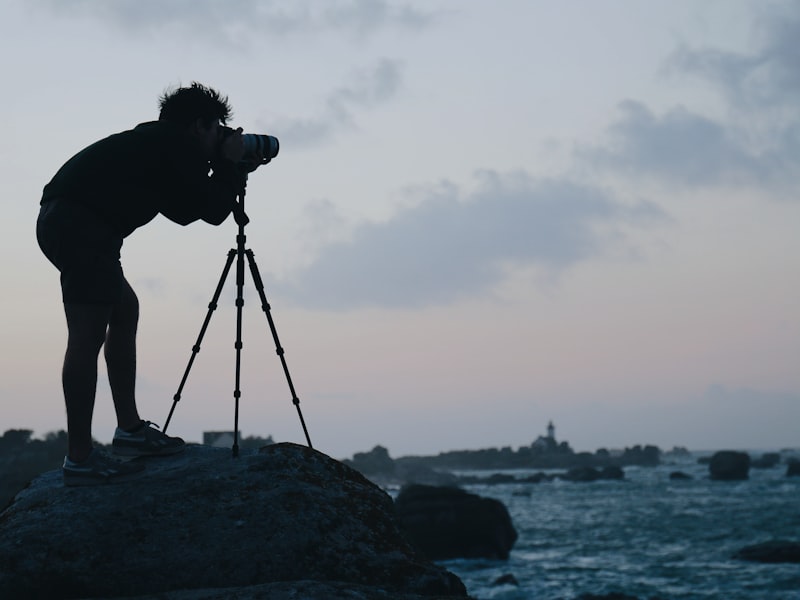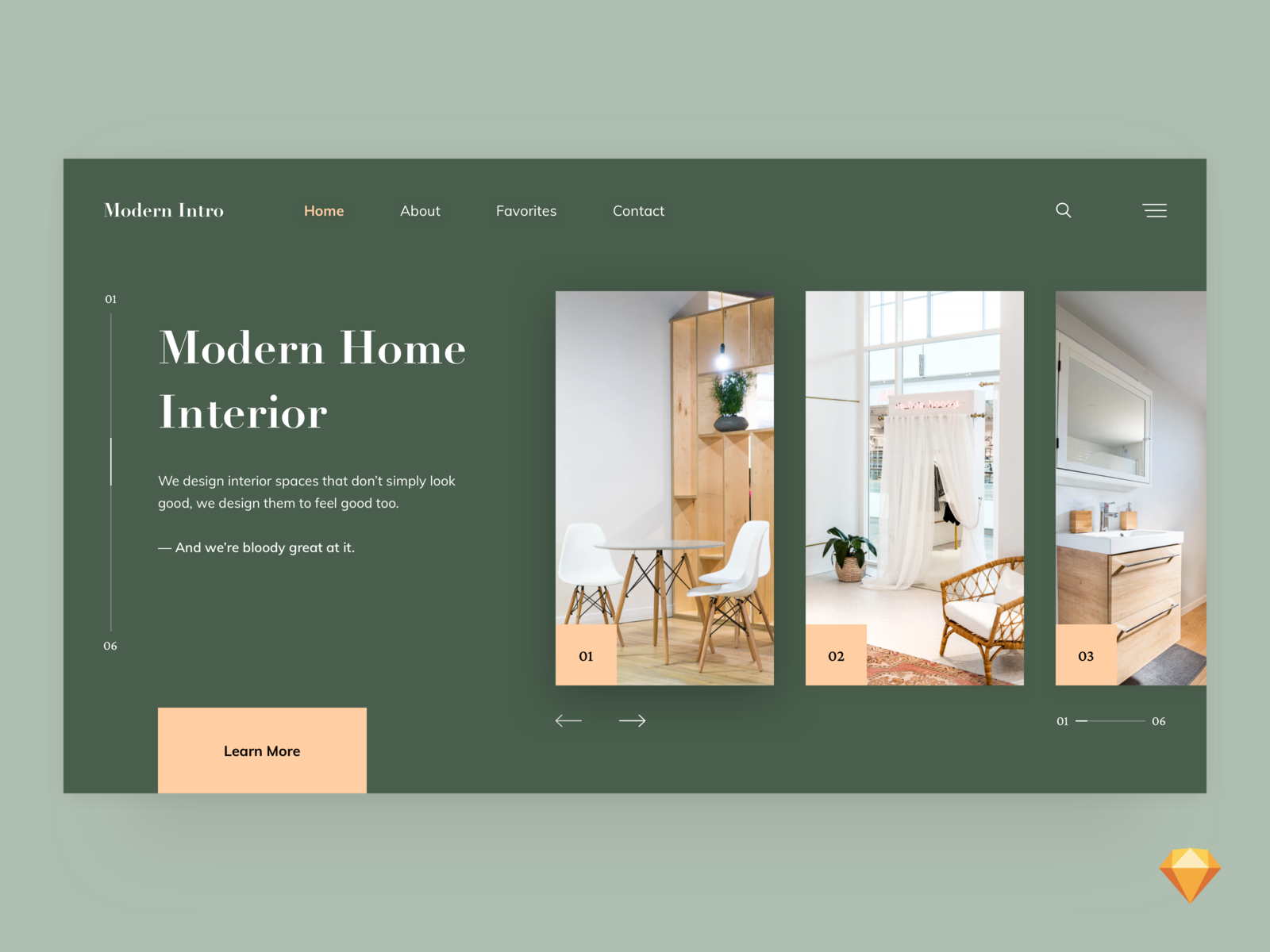Getting My "5 common website design mistakes to avoid" To Work

The world of website concept has come a lengthy means from the early days of clunky, text-heavy webpages. Today, designers have a wealth of tools and approaches at their disposal to develop engaging, effective websites that catch the interest of site visitors and maintain them happening back for even more.
One such tool is different colors psychology – the study of how shades can easily determine human habits and emotions. Different colors psychology plays an necessary job in website layout, as it may aid designers develop websites that are not only creatively appealing but additionally emotionally powerful along with their aim at viewers.
So what specifically is shade psychology, and how does it affect website design? Let's take a closer look.
Understanding Color Psychology
Shade psychology is a complex field that explores the means in which various colors can impact our state of minds, emotional states, and behaviors. While there are actually a lot of theories concerning how certain shades influence us – for instance, red is usually associated along with interest or threat while blue is thought to be calming or trustworthy – a lot of color psychology remains subjective.
Nonetheless, there are actually some basic patterns that appear to store true all over cultures and situations. For example:
- Hot different colors (such as reds, oranges, and yellows) have a tendency to be much more stimulating and energizing.
- Great colors (such as woes, eco-friendlies, and purples) often tend to be much more soothing and relaxing.
- Intense shades (such as fluorescent hues) can be attention-grabbing but may also experience difficult or blatant.
- Darker colors (such as dark or navy) can experience advanced or serious but might additionally stir up bad emotional states like unhappiness or concern.
Of course, there are actually lots of other distinctions to look at when working with color psychological science – such as social associations with particular tone or individual inclinations – but these standard principles deliver a really good begin aspect for understanding how colour influence our minds.
Administering Color Psychology in Website Design
Thus how does this all translate in to website layout? Here are some key means that professionals can easily make use of colour psychological science to produce helpful websites:
1. Developing Brand Identity
First and foremost, color plays a critical task in developing a brand name's identity. Through choosing colours that are constant with a brand's market values and character, designers may aid create a cohesive aesthetic identification that sounds with customers.
For example, a high-end fashion brand could make use of deep-seated, rich colors like burgundy or naval force to convey refinement and exclusivity. A health and wellness and well-being firm may opt for calming color of environment-friendly or blue to recommend leisure and renewal. And a specialist startup may decide on vivid, daring shades like orange or pink to communicate innovation and exhilaration.

2. Developing Graphic Power structure
Different colors can likewise be used to generate visual pecking order on a webpage – that is, to direct the audience's eye in the direction of the very most significant info or activities.
For I Found This Interesting , designers may utilize vivid, contrasting colours for buttons or calls-to-action (CTAs) in purchase to attract focus and urge clicks. Or they could make use of soft tones for less essential components like navigation pubs or footer message so as not to sidetrack from the principal content.
3. Improving User Experience
Lastly, color psychology can easily help enrich the user take in by making an mental reaction in website visitors. By using shades that stimulate good emotional states – such as happiness, calmness, or exhilaration – designers can aid users feel a lot more engaged with the website and much more probably to come back in the future.
For example, an e-commerce internet site offering child products could use delicate soft-hued tone of pink or blue to evoke emotions of heat and inflammation towards infants. A trip internet site ensuring unique locations might utilize lively tones of orange or yellowish to impart electricity and experience.
Conclusion
Generally, colour psychological science is an vital device for website professionals looking to make engaging, mentally resonant websites. By understanding how different different colors affect our moods and behaviors – as effectively as how they connect to details brand names or circumstances – professionals can easily generate websites that not only look excellent but additionally feel great to make use of.
Of course, as along with any kind of design component, it's vital not to rely also heavily on color psychological science at the expenditure of various other variables like usability and ease of access. But by utilizing color thoughtfully and deliberately, professionals can create websites that absolutely stand up out from the crowd.
